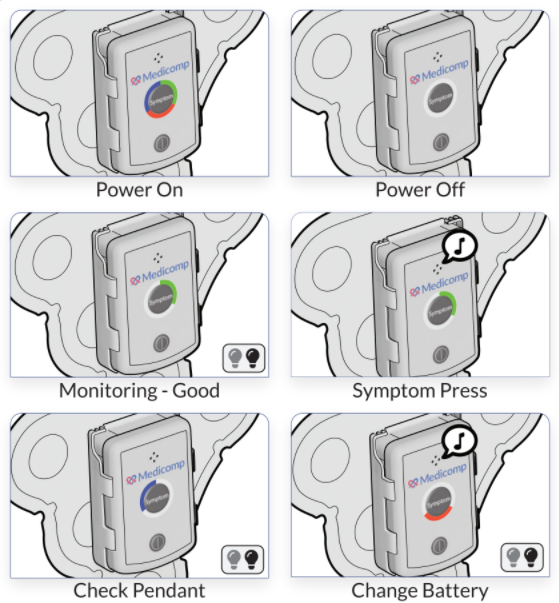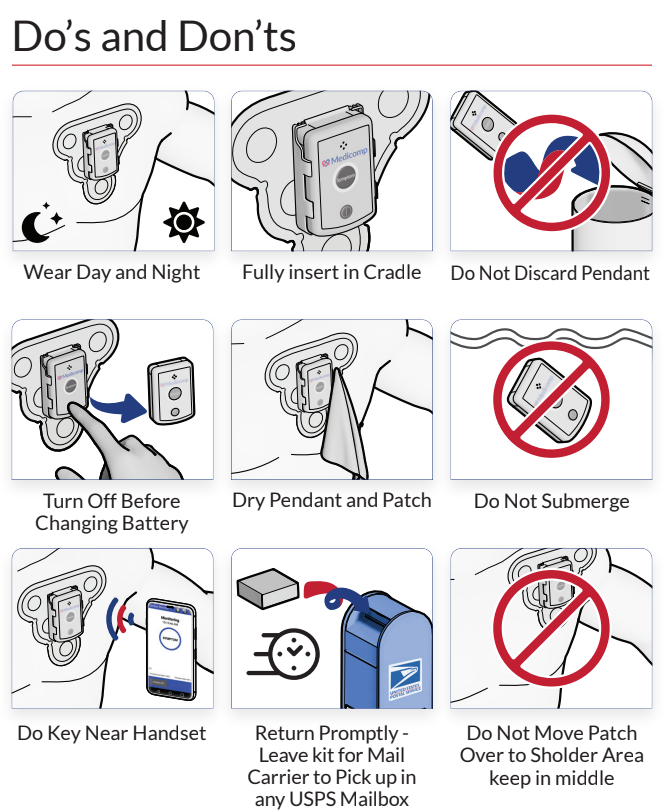The more we understand about how the heart works, the better cardiac monitoring devices become. A new mathematical model helps researchers better understand atrial fibrillation, which is a misfiring in the electrical impulses of the heart that throw off the natural rhythm of the heart. The chambers of the heart lose their ability to smoothly transfer blood into and out of the heart.
For most people these episodes can happen without notice or any reason to worry. However, in aging individuals and for individuals with particular health risks like obesity and high blood pressure, atrial fibrillations can have serious consequences. Atrial fibrillation is the leading cause of strokes. This is why electrophysiologists, people who study the electrical rhythm of the heart, are always trying to learn more about what causes atrial fibrillation and how to treat it.
A new mathematical model of cardiac muscle tissue could bring new understanding about atrial fibrillation. Scientists created this model to help pinpoint specific regions of the heart that cause fibrillations by revealing disturbances in the impulses on a cellular level. When cells in the heart receive the electrical impulse, they react by contracting. The natural rhythm of the heart creates a smooth wave of contractions in the model as the impulse excites the cells down the line. If a cell fails to contract, it can create a wave in the opposite direction. When enough cells are doing this because of a weakened connection in the line, the wave will become more like a series of chaotic ripples.
Researchers and physicians hope to use this information to make it easier to find the problematic parts in the heart and destroy them. Once the irregular cells are destroyed, normal heart rhythm would resume and the patient’s risk for heart problems such as stroke goes down. Unfortunately this will not be as easy on patients who have had the condition for a long period of time, but this new understanding is a step in the right direction for the future of cardiac monitoring.
To learn more about atrial fibrillation and its effects on the heart, browse the visit the ReactDx, Inc. blog today.



